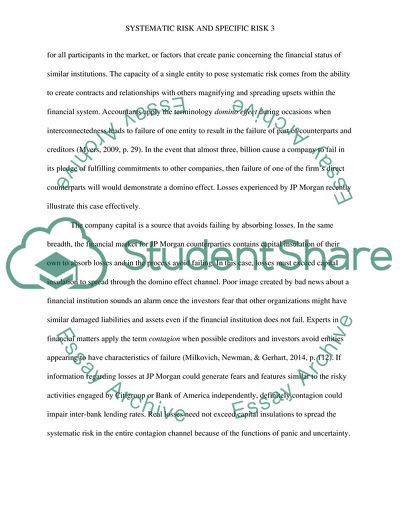Cite this document
(The difference between systematic risk and specific risk Essay, n.d.)
The difference between systematic risk and specific risk Essay. https://studentshare.org/macro-microeconomics/1821376-the-difference-between-systematic-risk-and-specific-risk
The difference between systematic risk and specific risk Essay. https://studentshare.org/macro-microeconomics/1821376-the-difference-between-systematic-risk-and-specific-risk
(The Difference Between Systematic Risk and Specific Risk Essay)
The Difference Between Systematic Risk and Specific Risk Essay. https://studentshare.org/macro-microeconomics/1821376-the-difference-between-systematic-risk-and-specific-risk.
The Difference Between Systematic Risk and Specific Risk Essay. https://studentshare.org/macro-microeconomics/1821376-the-difference-between-systematic-risk-and-specific-risk.
“The Difference Between Systematic Risk and Specific Risk Essay”. https://studentshare.org/macro-microeconomics/1821376-the-difference-between-systematic-risk-and-specific-risk.


